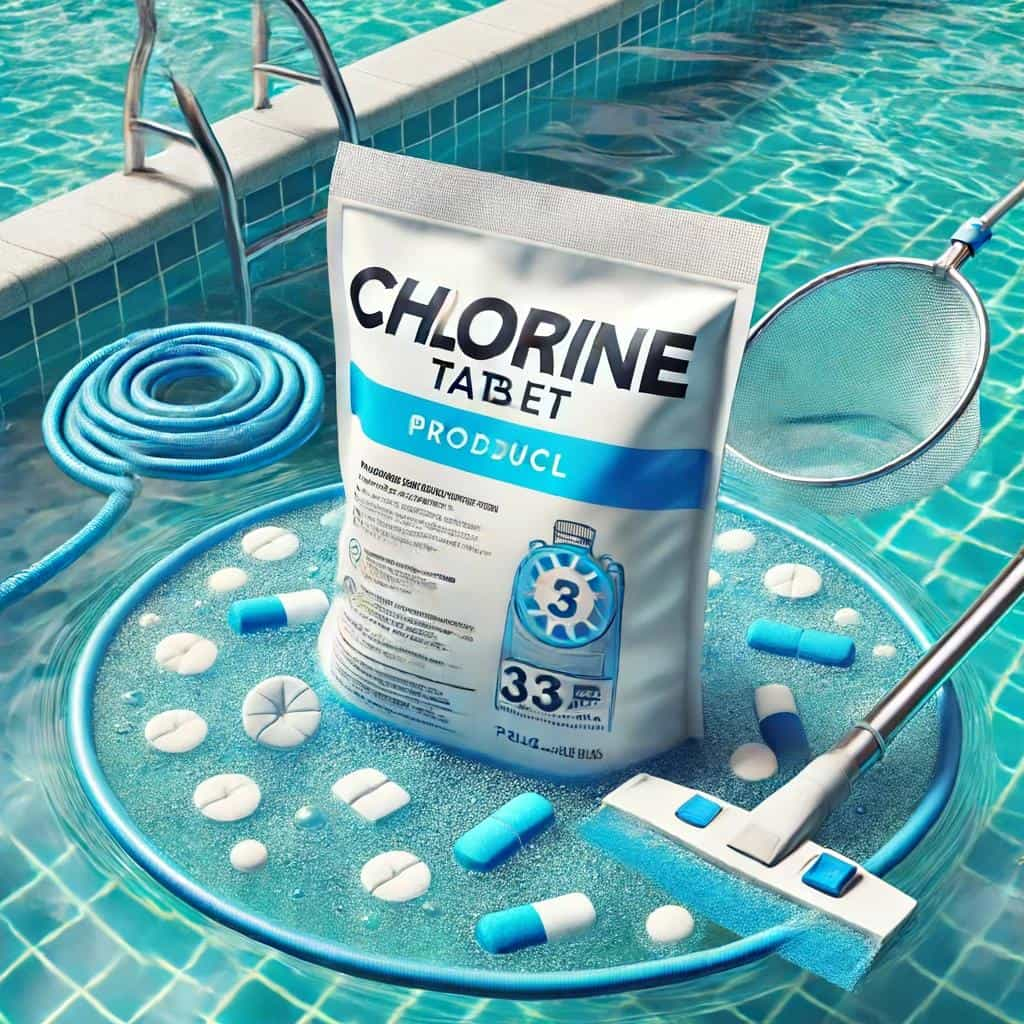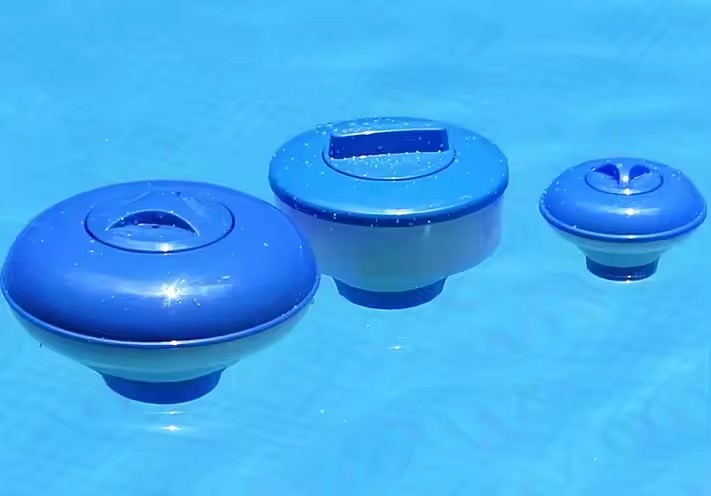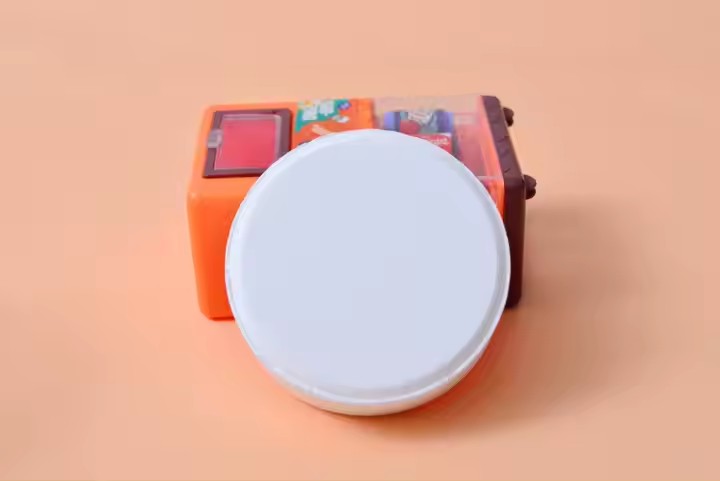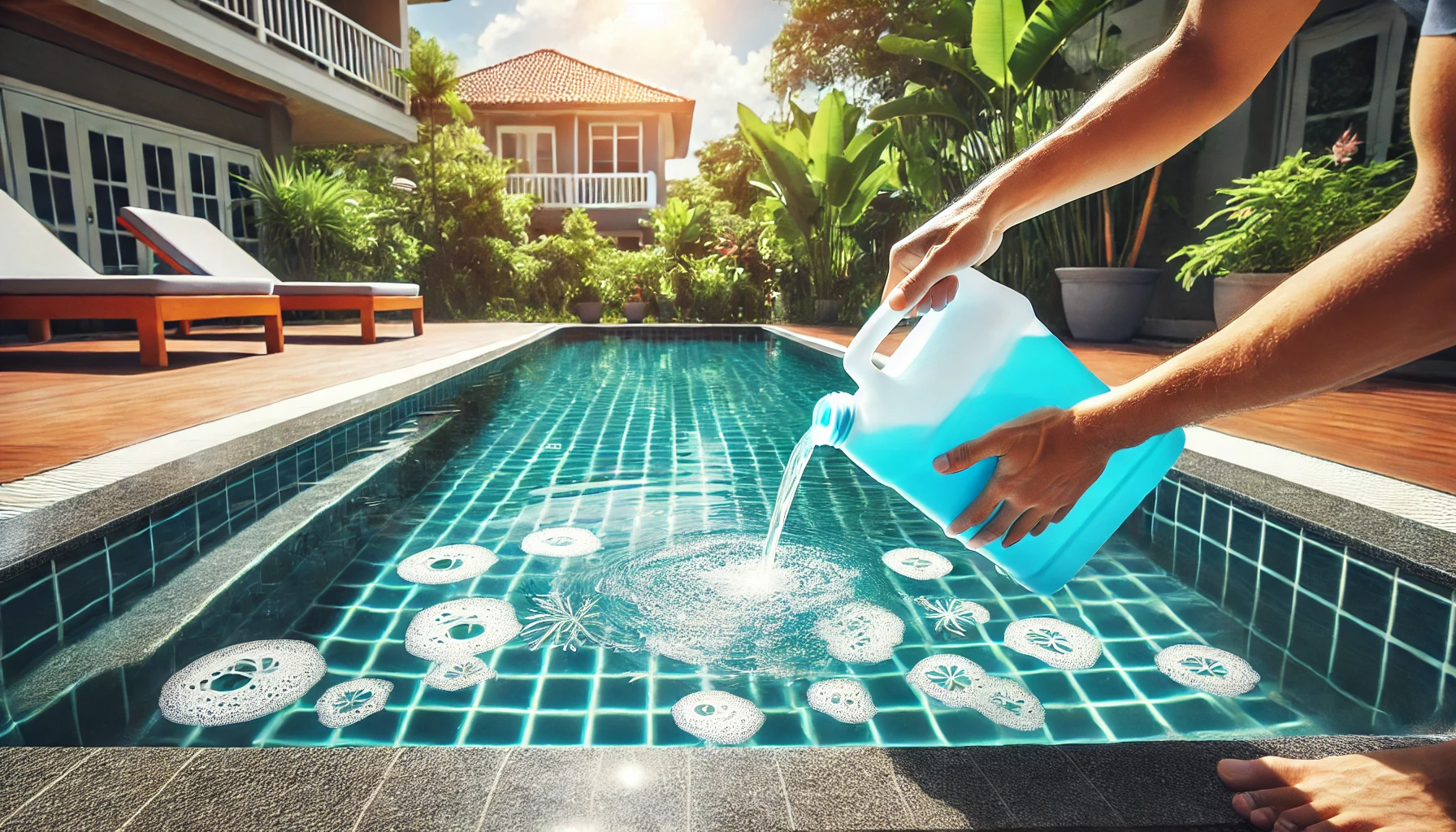When maintaining a pool, have you ever been confused about the difference between total chlorine and free chlorine? Did you know that different types of chlorine in water can affect the cleanliness and safety of your pool? This article will detail the differences between total chlorine and free chlorine, helping you better manage the chemical balance of your pool and ensure water quality cleanliness.
What are Total Chlorine, Free Chlorine, and Combined Chlorine?
Free Chlorine: When you add chlorine to a swimming pool, it dissolves and forms hypochlorous acid (HOCl). This weak acid further breaks down in water, combining with oxygen to form hypochlorite ions (OCl-), an oxidizing ion and the active ingredient in household bleach. These chemicals together form free chlorine. Free chlorine is the chlorine that is available for use or to disinfect the pool. It is what you test for when balancing your pool’s water chemistry. Adding chlorine increases the free chlorine level in the water, aiming for a range of 1 to 3 parts per million (ppm), with an ideal level of 3 ppm. Once free chlorine starts reacting with contaminants in the water, it becomes combined chlorine.
Combined Chlorine: To purify pool water, free chlorine oxidizes contaminants like nitrogen and ammonia. In this process, the available chlorine is consumed, combining with the contaminants to form combined chlorine. This is also how chloramines are formed. There is still some chlorine left in the water, but its disinfecting power is reduced compared to free chlorine.
Total Chlorine: Total chlorine is the sum of combined chlorine and free chlorine in pool water. It can be represented by the formula:
Total Chlorine (TC)=Free Chlorine (FC)+Combined Chlorine (CC)Total Chlorine (TC)=Free Chlorine (FC)+Combined Chlorine (CC)
If the total chlorine and free chlorine levels are the same, it means there is no combined chlorine in the water, indicating that the chlorine has not been consumed. If the total chlorine level is higher than the free chlorine level, the difference is the combined chlorine content.

How to Test and Manage Chlorine Levels in Pools
To properly clean a swimming pool, the free chlorine level must be higher than the combined chlorine level. This is why it is crucial to regularly test your pool water. Using test strips or liquid test kits makes this process easy.
Methods to Test Chlorine Levels:
- Test Strips: Convenient and quick, simply dip the test strip in the water and compare it with the color chart on the packaging to determine the chlorine level.
- Liquid Test Kits: More accurate, involving taking a water sample and adding reagents, then determining the chlorine level based on the color change.
Methods to Adjust Chlorine Levels:
- Adding Chlorine Tablets: When free chlorine is detected below the ideal level, you can add chlorine tablets to increase the chlorine content in the water.
- Using Pool Filter Balls: Pool filter balls can help improve the efficiency of the filtration system, ensuring contaminants are effectively removed, thus reducing chlorine consumption.
The Role of Chlorine Tablets
Chlorine tablets are essential tools for maintaining pool water quality. They continuously release chlorine, ensuring that free chlorine levels in the pool water remain appropriate. The key to using chlorine tablets is to regularly check and replenish them according to the pool’s size and usage frequency to prevent low chlorine levels from affecting water quality.
Tips for Using Chlorine Tablets:
- Regular Checks: Check the chlorine tablets at least once a week to ensure there are enough in the floater.
- Even Distribution: Ensure chlorine tablets are evenly distributed in the pool, using a floater or an automatic dispenser.
- Avoid Direct Contact: Avoid direct contact of chlorine tablets with the pool surface to prevent bleaching or damage.
Importance of Free Chlorine
Free chlorine is crucial for maintaining the cleanliness and safety of pool water. It effectively kills bacteria and viruses in the water, preventing water quality from deteriorating. Additionally, the presence of free chlorine inhibits algae growth, keeping the water clear. To ensure the effectiveness of free chlorine, its concentration must be maintained within the appropriate range.
Maintaining Free Chlorine Concentration:
- Regular Testing: Regularly use test strips or liquid test kits to check the free chlorine content in the water.
- Proper Addition: Add chlorine tablets as needed based on test results to keep free chlorine levels between 1 and 3 ppm.
- Prevent Contamination: Minimize contaminants entering the pool, such as by showering before swimming to avoid bringing in impurities.
Hazards of Combined Chlorine
Combined chlorine is a byproduct of the reaction between free chlorine and contaminants in the water, with significantly lower disinfecting power than free chlorine. High levels of combined chlorine in the pool can cause a strong chlorine smell, cloudy water, and even irritation to swimmers’ skin and eyes. Therefore, controlling the combined chlorine content is crucial.
Methods to Reduce Combined Chlorine:
- Superchlorination: Regularly superchlorinate the pool, i.e., temporarily increase chlorine levels significantly to oxidize and break down combined chlorine.
- Water Replacement: Appropriately replace pool water to dilute the concentration of combined chlorine and improve water quality.
- Using Pool Filter Balls: Pool filter balls enhance filtration efficiency, reducing contaminant accumulation and thereby decreasing combined chlorine formation.
Managing Total Chlorine
Total chlorine is an important indicator of pool water quality. By managing total chlorine, you can indirectly control the levels of free and combined chlorine, maintaining water cleanliness.
Tips for Managing Total Chlorine:
- Regular Testing: Test total chlorine at least once a week to ensure it remains within the normal range.
- Adjusting Chlorine Tablet Dosage: Based on the test results of total and free chlorine, adjust the dosage of chlorine tablets to avoid over- or under-chlorination.
- Cleaning the Filtration System: Regularly clean pool filter balls and other filtration equipment to ensure the filtration system operates efficiently.
Conclusion
Understanding the difference between total chlorine and free chlorine, and how to test and manage them, can better maintain the cleanliness and safety of your pool water. Regularly testing chlorine levels and properly using chlorine tablets and pool filter balls are crucial measures to ensure pool cleanliness.
Maintaining pool hygiene not only protects the health of swimmers but also extends the lifespan of pool equipment. We hope this article helps you better manage your pool water quality and enjoy a clean, healthy swimming experience!


